UPDATE: What you need to know about Colorado’s wildfires
Currently, there are numerous wildfires spreading throughout Colorado. Here’s what you need to know about the fires and what you can do to help.
media by M. Merritt
The sky from Toepfer Park Aug. 11. The sun set at 8pm and appeared to be pink. “I loved the sky lately and the beauty it holds, but of course it’s heartbreaking to know that the cause of it has had so much destruction on our state,” Mandy Fleet ’22 said.
September 16, 2020
Orange, purple, and pink pastels paint the sky. The sun, a bright fuschia orb, makes its way below the horizon. Stunning, right? It’s actually the result of wildfires currently sweeping through the Centennial State, the Pine Gulch Fire in Grand Junction the biggest in the state’s history and at 87% containment. One of these major wildfires, the Cameron Peak Fire, has consumed 102,596 acres of our state as of Sept. 7, according to an 11 News report , and is at 4% containment.
“[The air has] caused my family sore throats and coughing,” Chloe Voss ‘21 said.
According to Gregg Sheehan, Assistant Principal at RCHS and volunteer captain for Genesee Fire and Rescue, the other two major wildfires in the state right now are the Grizzly Creek Fire, at 91% containment, and the Williams Fork Fire, at 10% containment.
“These are the fires that are big enough to where they’re having to use multiple agencies to fight them. For instance, on this Grizzly creek fire in Glenwood Springs, we sent an engine over there from our department [to help with] structure protection to protect homes,” Sheehan said.
There are other wildfires burning in Colorado right now as well, and a full list can be found here.
“I think the sky is super pretty but it’s sad to think it’s coming from so much destruction. Whenever I go outside, it hurts my lungs to breathe and stings my eyes. Especially being an athlete, breathing this in hurts my training,” Paisley Moore ’21 said.
Some of the causes of the wildfires the state faces right now are lightning or human. According to Sheehan, all four major Colorado wildfires are considered Type 1, which means there is local, state-level, and federal involvement, all entities pouring resources into fighting the fire.
“It is worse in the mountains,” AP Language, English IV, and Literature of Film teacher Elizabeth Romito said. Romito lives in Evergreen. “During this time of year, [the fire danger is] rated ‘extremely high’.”
Colorado’s wildfire season starts in March, according to Sheehan, but the end of the season is primarily dictated by weather conditions, such as humidity, temperature, and wind, and therefore varies each year. Residents wonder if the snowfall Colorado saw Sept. 8 and Sept. 9 was enough to put out the fires.
“[The snow] helps a lot,” Allen Chapman, Fire Science teacher at RCHS said. “[The wildfires] will probably keep burning after the snow even. It’s just so hot and there’s so much fuel that [the fire] just keeps burning. There’s so much of that dry, dead fuel, and it takes a while to get that moisture back into it.”
Fuel moisture is a measurement taken to determine how much water is in the plants, such as grass and trees, that act as fire fuels. When fuel moisture is low, this allows the fires to light more easily. According to Sheehan, Colorado got a lot of moisture in the spring that dried out– the growth of plants this spring is now fire fuel.
The snow provides colder temperatures and higher humidity, juxtaposing the heat and low humidity Colorado has seen recently. However, with the snow comes winds from the weather front that moved in. These winds can allow the fires to progress and change their courses of direction.
Colorado’s recent dry conditions caused the Cameron Peak wildfire to spread quickly, and according to Chapman, there was a lot of fuel for the fire to burn.
“It allows the fire to take off really quick and if you have wind like we had, that pushes the fire really fast too,” Chapman said.
Currently, multiple different approaches are being taken by local and volunteer fire departments to combat the Colorado wildfires. Hotshot crews are digging hand lines and back burning, firefighters are conducting slurry drops from airplanes, and helicopter crews are using water to put out spot fires.
“They’re doing everything,” Chapman said. “It’s a big fire– those flames are huge.”
Colorado is currently under a state-wide fire ban, and up-to-date information on Colorado’s counties’ fire bans can be found here.
What You Can Do
NO OPEN FIRES– The state of Colorado is currently under a fire ban that will last until Sept. 18, according to CDHSEM. This includes not starting campfires.
BE MINDFUL– “A lot of [the wildfires in Colorado] are [caused by] accidents, but a lot of them are [caused by] laziness,” Sheehan said. You can help by not throwing cigarette butts out the window and monitoring your campfires (when the state is not under a fire ban).
DONATE– The Coloradan provides a list of fire departments and local organizations taking donations here.


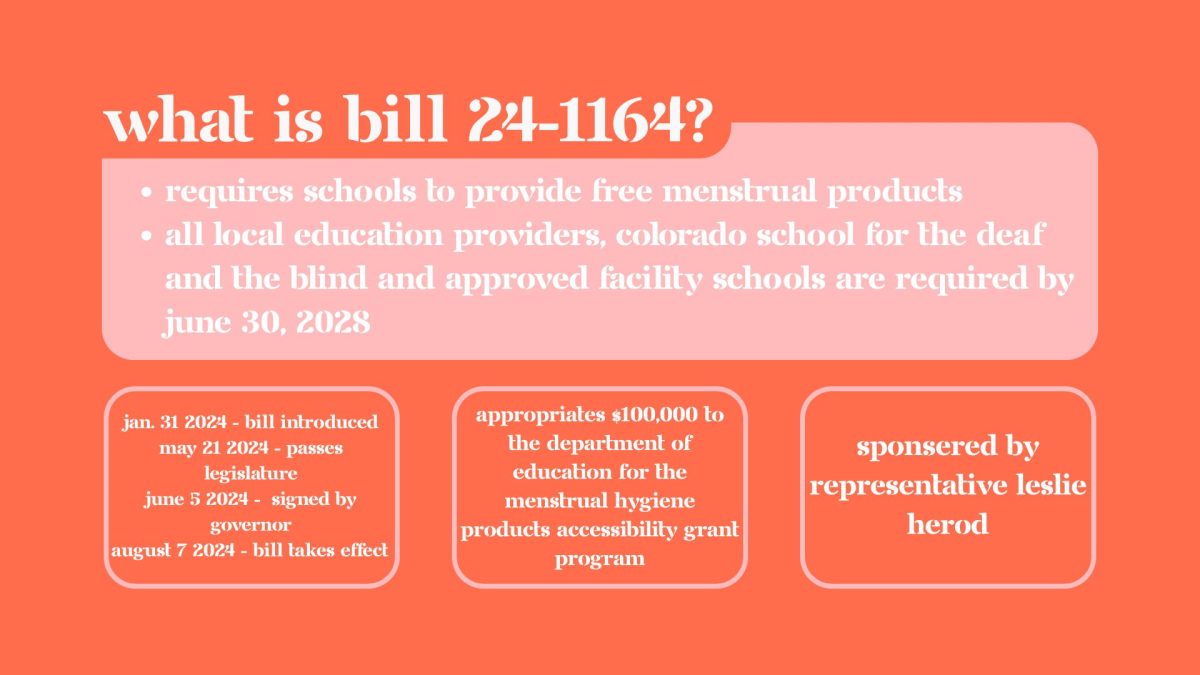
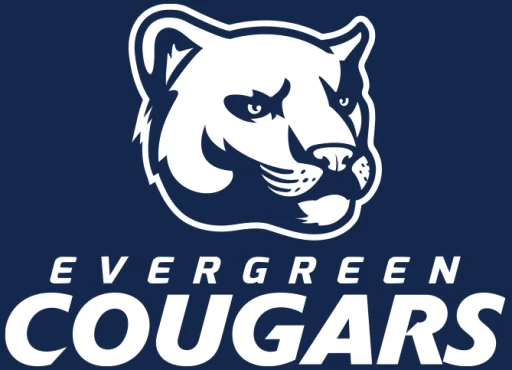
![Minutes before the Activities Fair in the gym, president Abhi Gowda ‘26 prepares the stall for his club Helping Hands, Sept. 4. A relatively new club, Helping Hands was co-started by Gowda and focuses on assisting the homeless, and just last year they succeeded in raising a couple hundred donations to send to shelters. This year, they have goals to expand, with hopes to increase volunteer opportunities and take in-person trips to shelters, as well as extend their help beyond just homeless people. “The Activities Fair gives a lot of underclassmen the opportunity to really get to know the Canyon culture, and it gives them many opportunities for service and volunteering,” Gowda said. “[Through the Activities Fair,] I hope to find a bunch of new and passionate members about our club and just get our name out there and spread awareness to the cause that we’re fighting for.”](https://rockmediaonline.org/wp-content/uploads/2025/09/1-2-1200x885.jpg)
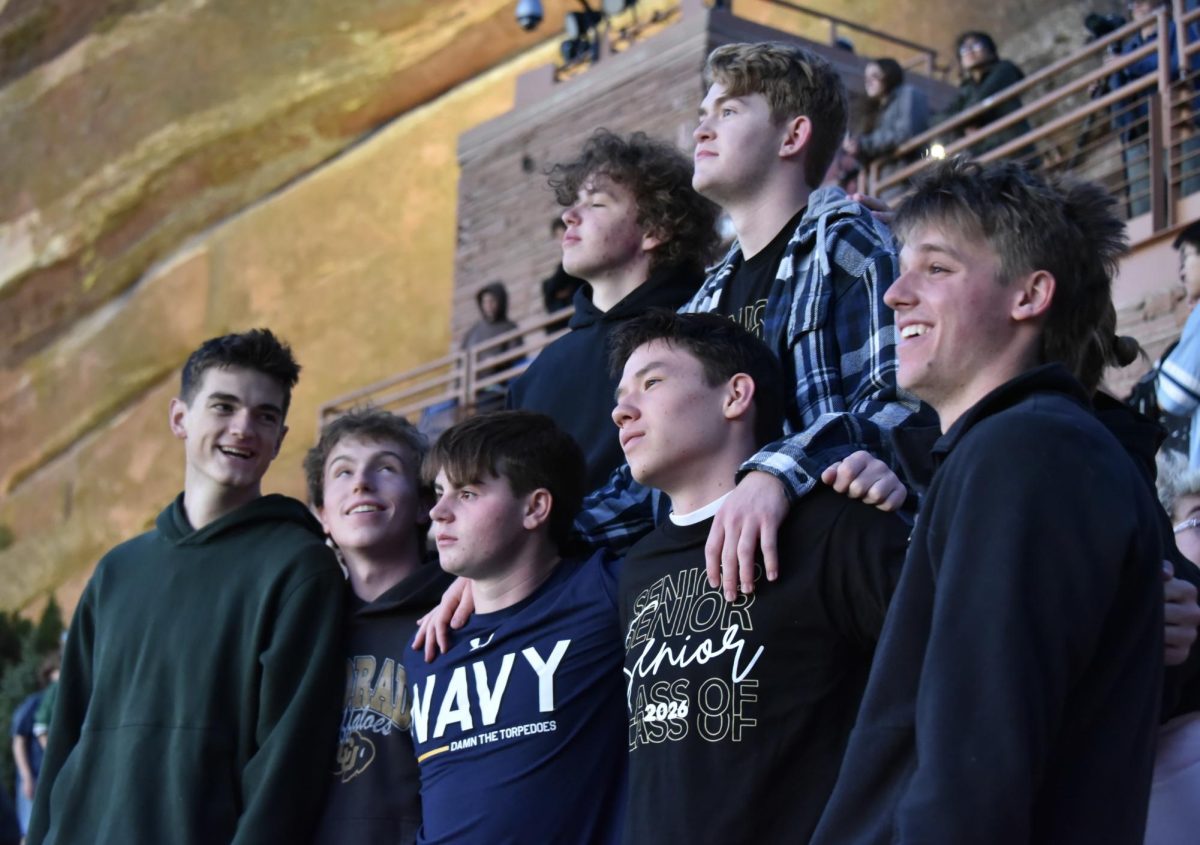
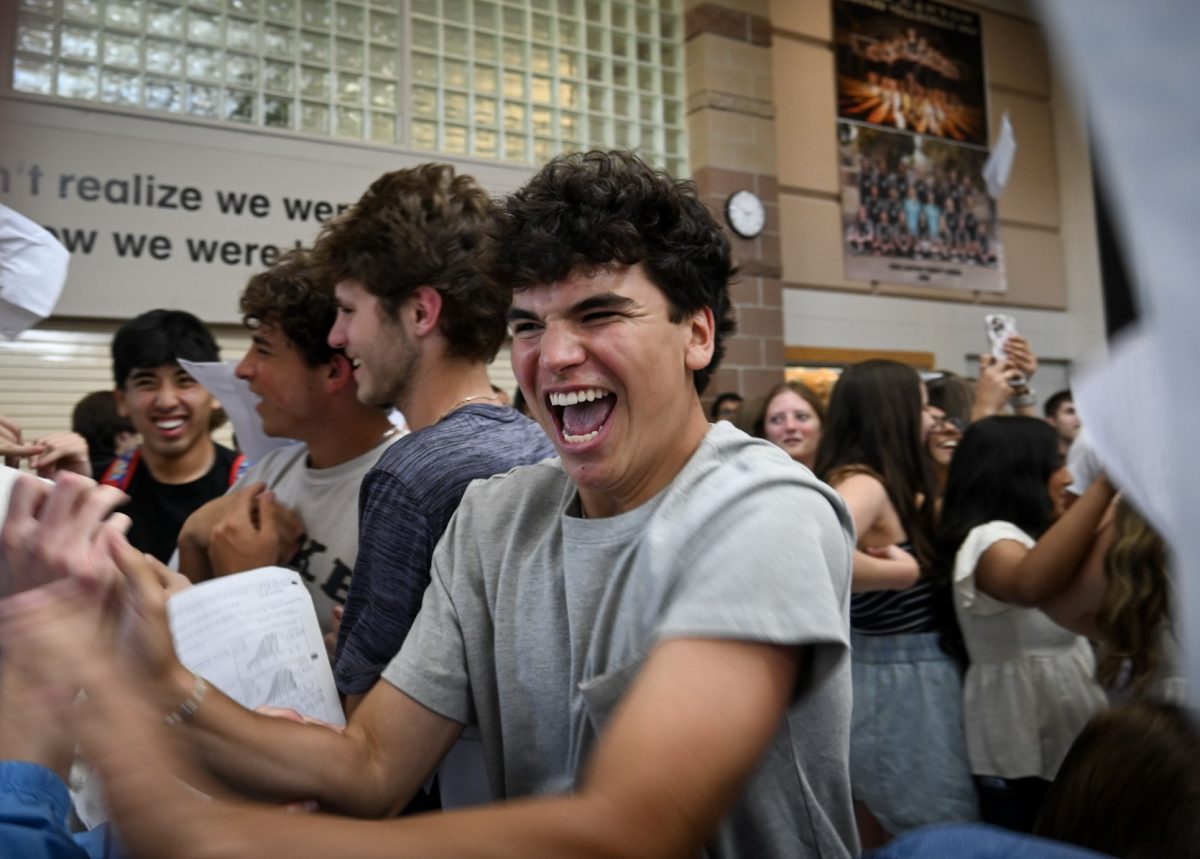

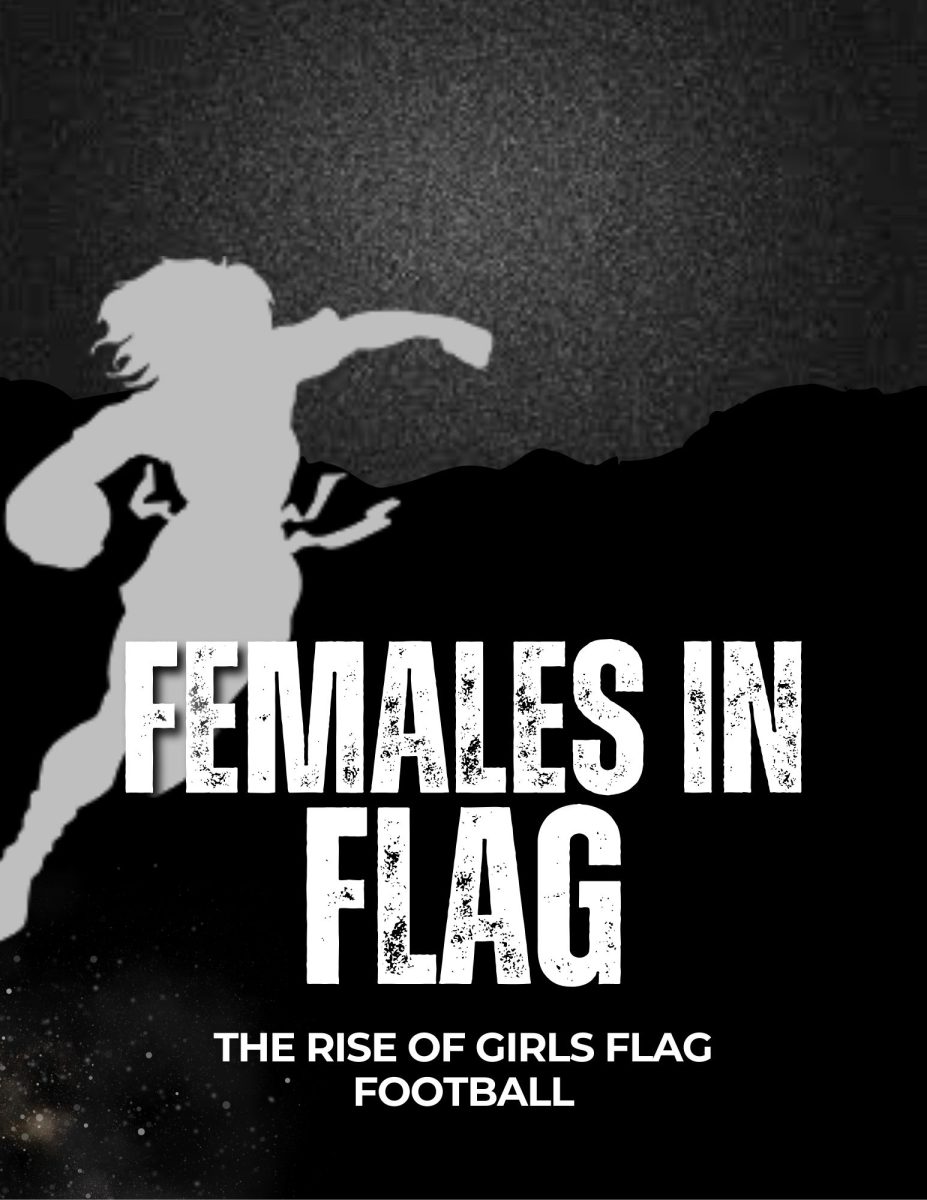
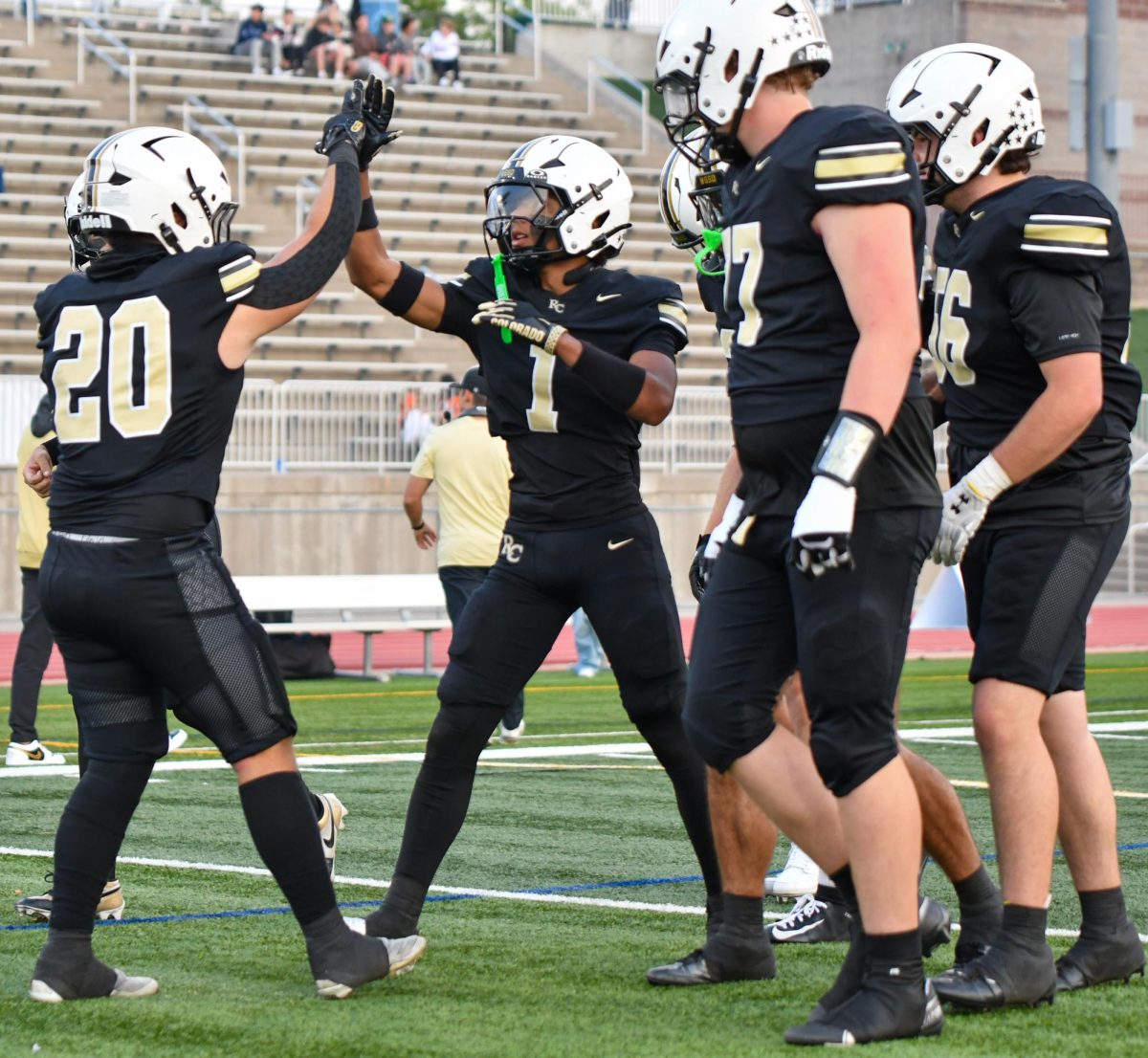


![The winter guard team makes fifth place at the state championship finals in the Denver Coliseum, March 30. The team performed to Barnes Country's “Glitter and Gold,” lead by coaches Margo Sanford, Blair Bickerton and Anna Orgren. In their class there were a total of nine groups participating, and the top five who made it to finals received a plaque. “[Walking onto the stage] is very nerve-wracking, but also very exciting as well. When you first start color guard there's a lot of anxiety and uncertainty when you first perform in front of an audience, but once you've done it for a while, it starts to become the best part of the season,” Ella West ‘25 said. “It's very fulfilling to see an audience react to something you've put your heart and soul into.”](https://rockmediaonline.org/wp-content/uploads/2025/04/Both-socal-media-nd-website-main-1-1200x846.jpg)
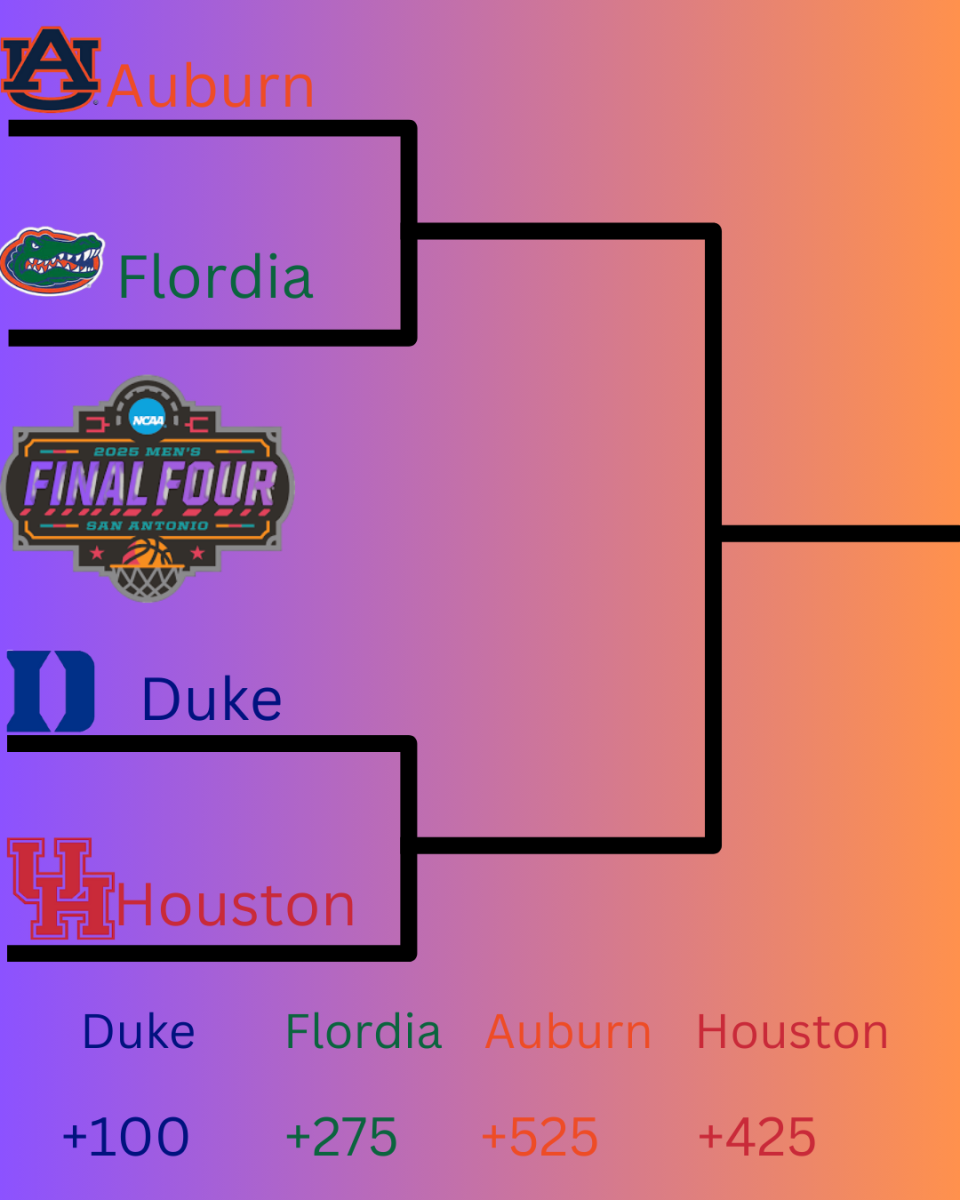
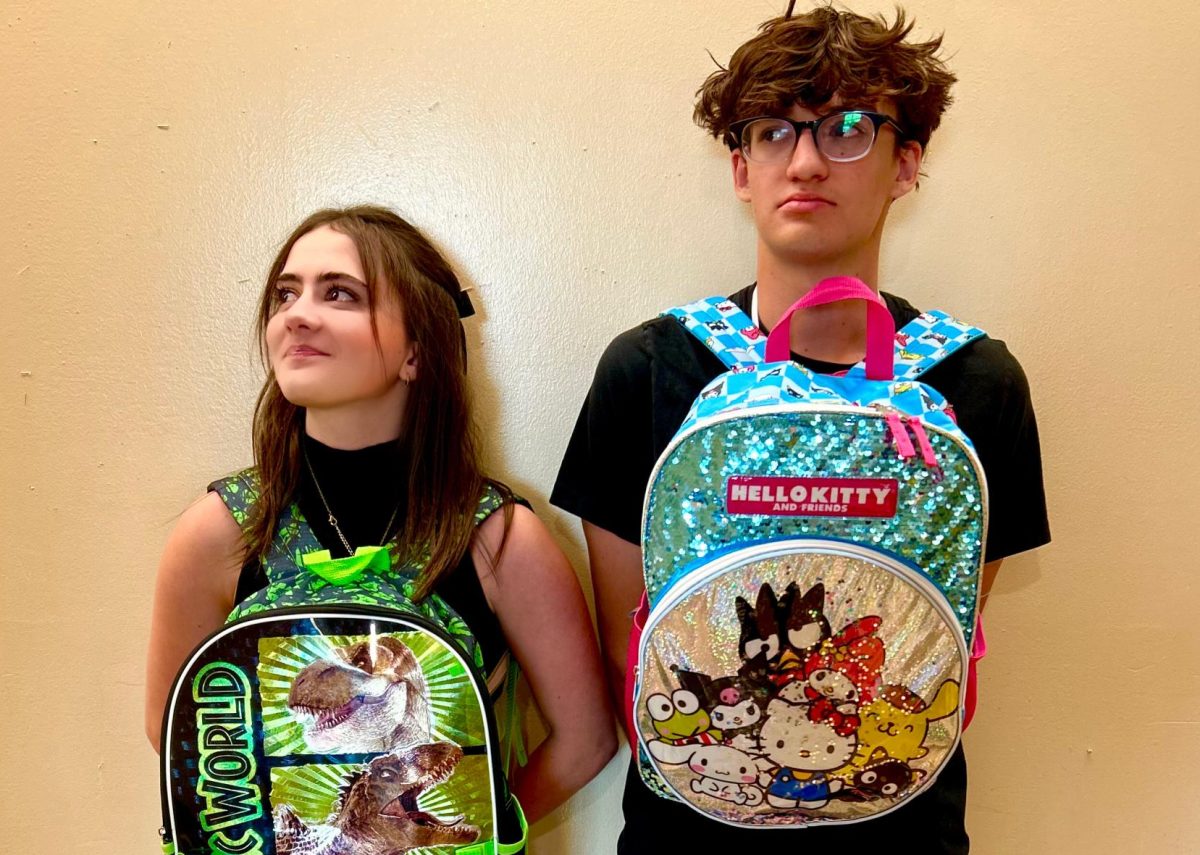
![April marks the 25th anniversary of Sexual Assault Awareness Month, created by the National Sexual Violence Resource Center (NSVRC). This month is to spread awareness of the harassment, assault and abuse that happens around the world. The symbol that represented the month was a teal ribbon; however, some survivors of assault create different symbols and movements like the TikTok trend in 2022, where survivors would tattoo Medusa on their body, in honor of her backstory in Greek Mythology. “I don't think [this month is known] at all. I rarely see anybody talk about it. I rarely see much of an emphasis on posting it online, or much discussion about it, and I feel like there needs to be way more discussion,” an anonymous source said. “I think just validating every experience that a person has gone through, regardless of the degree of it, the severity, is an essential step into making sure that people are aware that this is a very real problem in a society and that we need to do better in addressing it.”](https://rockmediaonline.org/wp-content/uploads/2025/04/IMG_0011-1200x900.jpg)


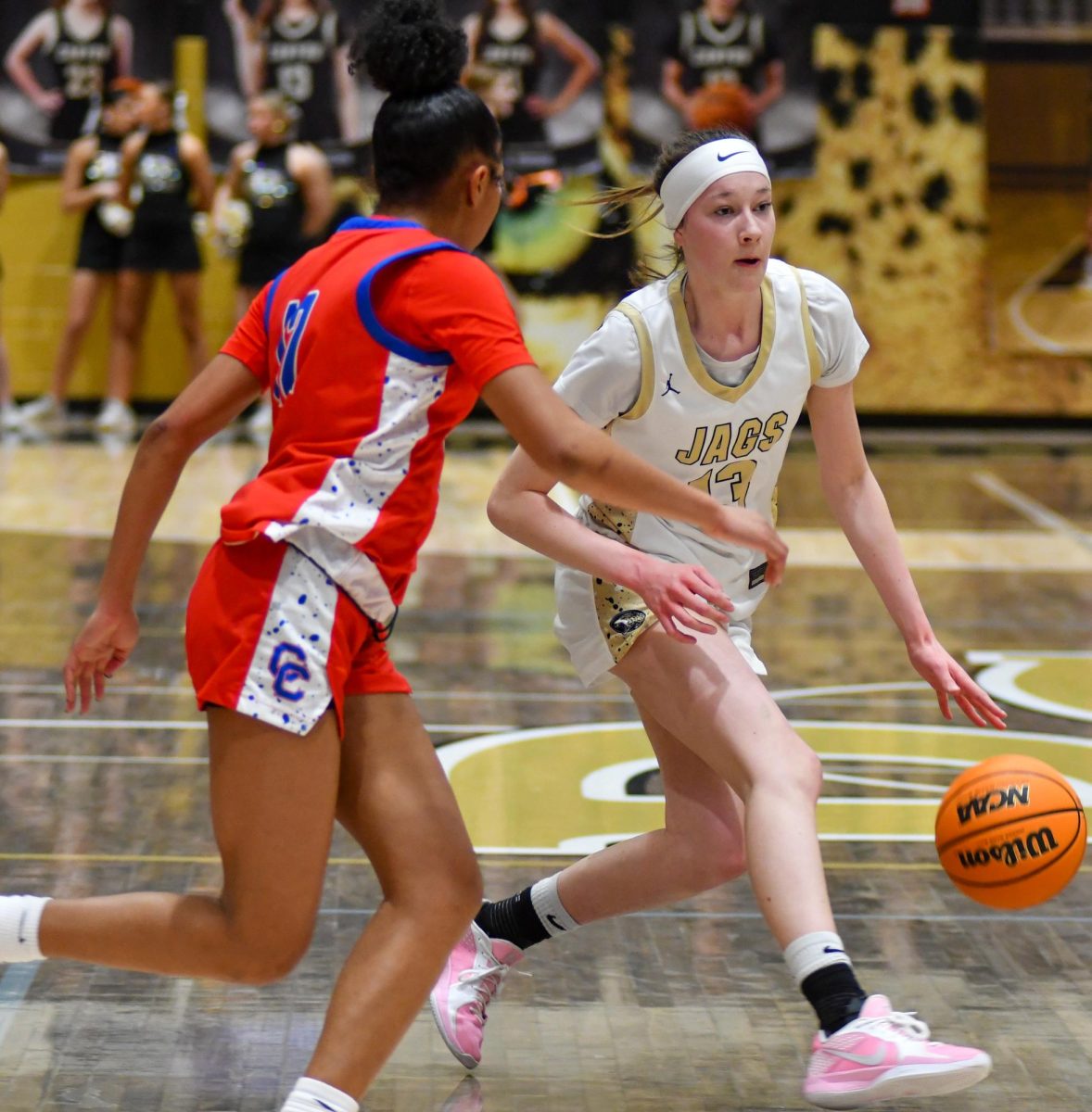
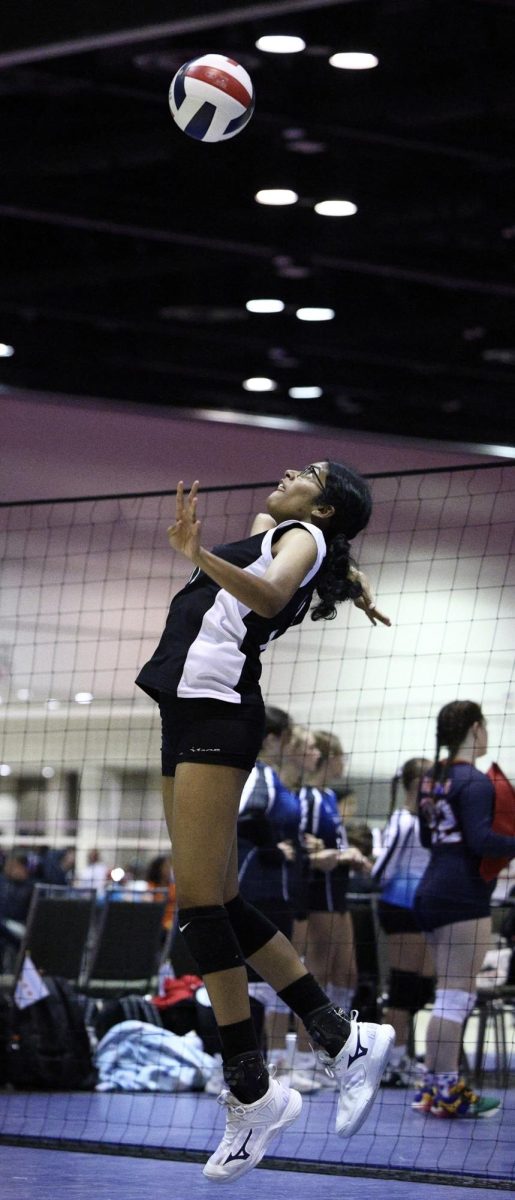
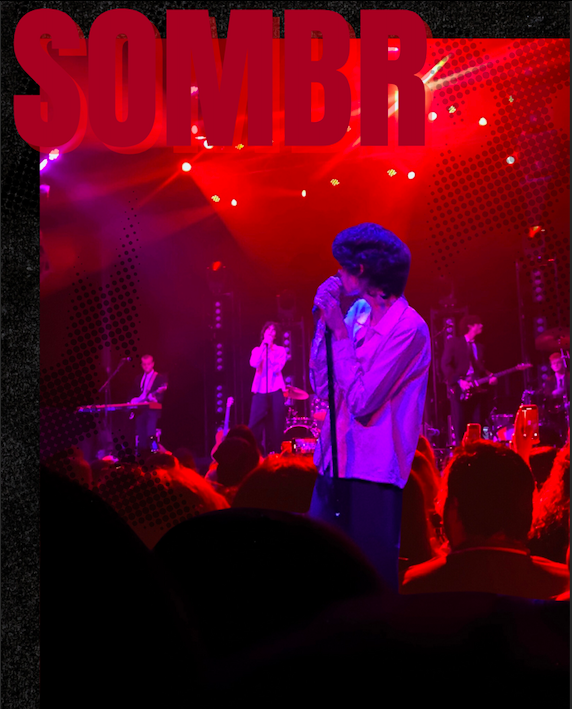





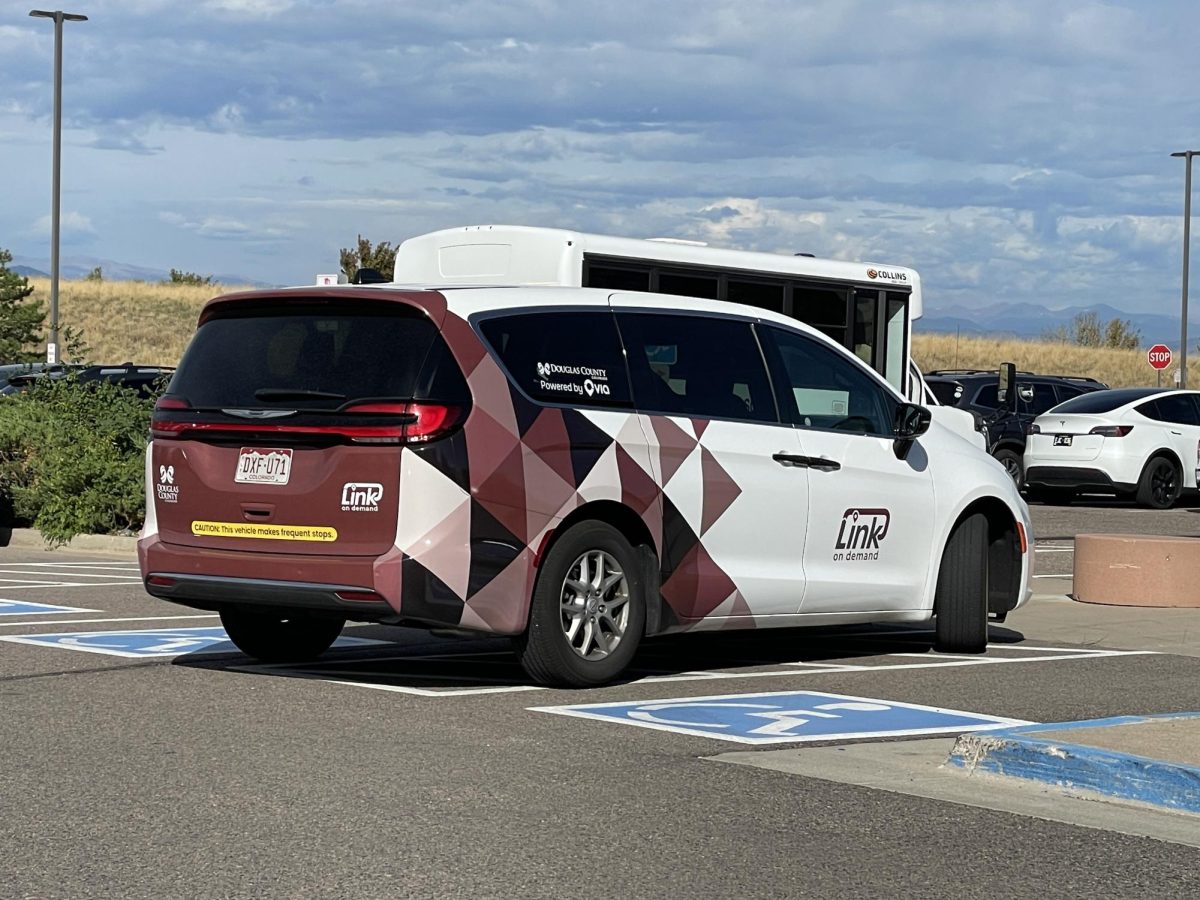
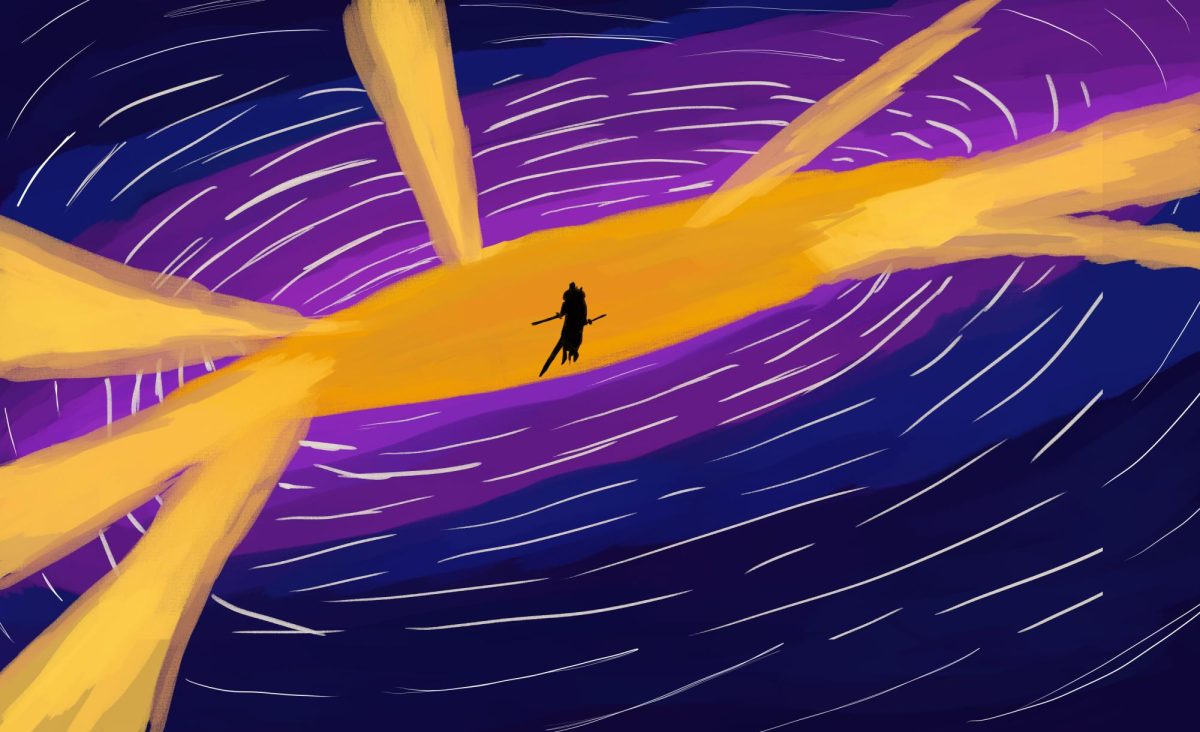
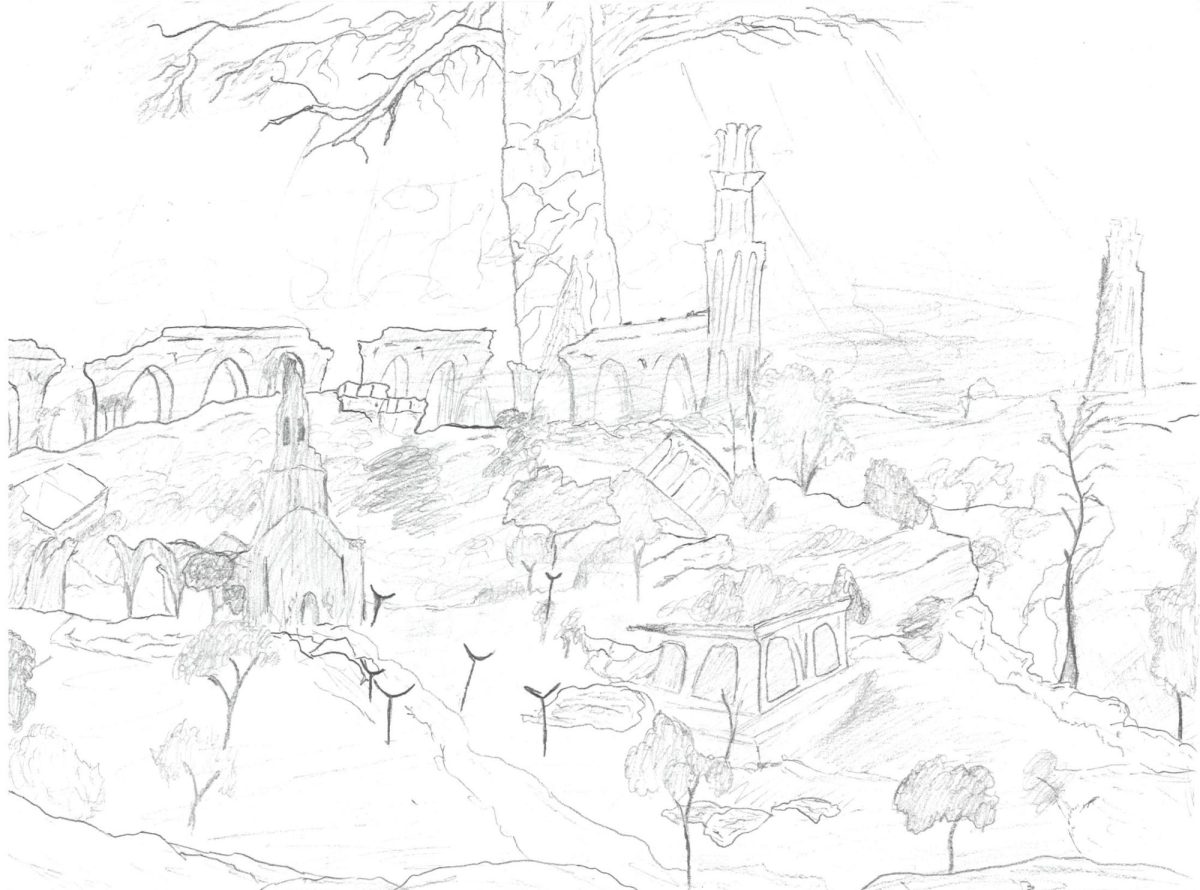
![Lesbian Visibility Day is April 26, and it’s a holiday to celebrate the lesbian community of the world. Lesbian Visibility day was established in 2008 by many queer activists and organizations who sought to raise more awareness for lesbian history and culture. “So this is why during Lesbian Visibility [Day] we celebrate and center all lesbians, both cis and trans, while also showing solidarity with all LGBTQ+ women and nonbinary people,” Linda Reily, in an article written by her, said.](https://rockmediaonline.org/wp-content/uploads/2025/04/Lesbian-Visibility-day.jpeg)






